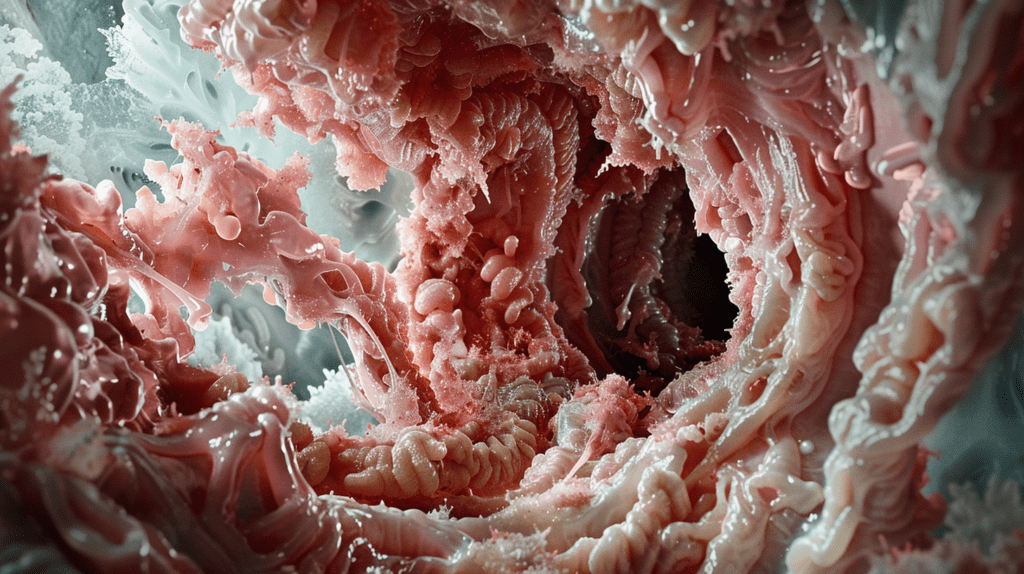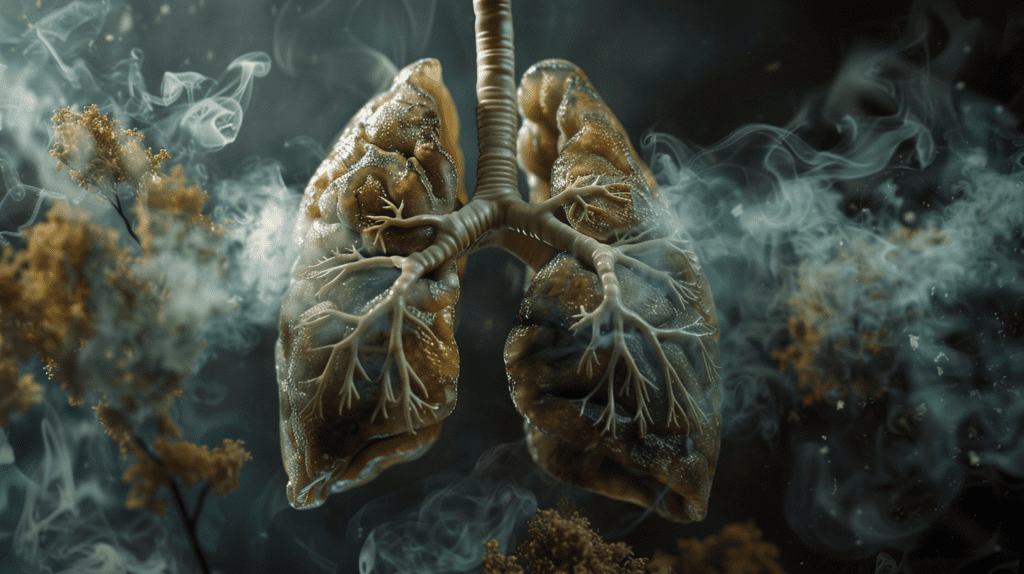Nails are not just a part of our body that we often overlook. They can actually provide valuable insights into our overall health. Discolorations on nails, for instance, can indicate underlying health issues that need attention. In this article, we will explore some common causes of nail discoloration and what they might mean.
One of the most common causes of nail discoloration is a fungal infection. When a fungus infects the nail, it can cause it to turn yellow or brown. This is often accompanied by other symptoms such as thickening or crumbling of the nail. Fungal infections are more common in warm and moist environments, such as swimming pools or locker rooms. If you suspect a fungal infection, it is important to seek treatment as it can spread to other nails and even to other people.
Another cause of nail discoloration is trauma or injury to the nail bed. When the nail bed is injured, blood can pool underneath the nail, causing it to turn black or purple. This is commonly known as a subungual hematoma. The discoloration will gradually fade as the nail grows out, but it is important to monitor for any signs of infection, such as redness or swelling.
Certain medications can also cause nail discoloration. For example, some antibiotics, antimalarial drugs, and chemotherapy medications can cause nails to turn yellow or green. This is usually a temporary side effect and will resolve once the medication is stopped. However, it is important to discuss any changes in nail color with your healthcare provider to rule out any underlying issues.
Iron deficiency anemia is another common cause of nail discoloration. When the body lacks iron, the nails can become pale or even white. This is because iron is necessary for the production of hemoglobin, which carries oxygen to the tissues. If you suspect iron deficiency, it is important to have your blood levels checked and to address any underlying causes, such as poor diet or gastrointestinal bleeding.
In some cases, nail discoloration can be a sign of a more serious health condition. For example, yellow nails can be a sign of lung disease, such as chronic bronchitis or lung cancer. Blue nails can indicate a lack of oxygen in the blood, which can be a sign of lung or heart problems. White nails can be a sign of liver disease or kidney failure. If you notice any significant changes in nail color, it is important to consult with a healthcare professional to determine the underlying cause.
In conclusion, nail discoloration can be a sign of various underlying health issues. It is important to pay attention to any changes in nail color and to seek medical advice if necessary. Whether it is a fungal infection, trauma, medication side effects, or anemia, understanding the cause of nail discoloration can help guide appropriate treatment and ensure overall health and well-being.
Understanding the Significance of White Spots, Lines, and Streaks on Nails
What do discolorations on nails indicate? Understanding the Significance of White Spots, Lines, and Streaks on Nails
Nails are not just a cosmetic feature; they can also provide valuable insights into our overall health. Discolorations on nails, such as white spots, lines, and streaks, can indicate underlying health issues that should not be ignored. By understanding the significance of these discolorations, we can take appropriate action and seek medical advice if necessary.
White spots on nails, also known as leukonychia, are a common occurrence that many people experience at some point in their lives. Contrary to popular belief, these spots are not caused by a calcium deficiency. Instead, they are often the result of minor trauma to the nail bed, such as banging your finger or excessive pressure. In most cases, these spots will grow out on their own and do not require any treatment. However, if you notice an excessive number of white spots or they are accompanied by other symptoms, it is advisable to consult a healthcare professional.
White lines or streaks on nails, known as Muehrcke’s lines, can be a cause for concern. Unlike leukonychia, these lines are not caused by trauma but are instead a reflection of an underlying health issue. Muehrcke’s lines are often associated with low levels of protein in the blood, which can be indicative of liver disease, kidney disease, or malnutrition. If you notice these lines on your nails, it is important to seek medical advice to determine the underlying cause and receive appropriate treatment.
Another type of white lines on nails, called Beau’s lines, can also indicate an underlying health problem. Beau’s lines are horizontal depressions that run across the nail plate and are often a sign of a disruption in nail growth. They can be caused by a variety of factors, including severe illness, malnutrition, or even chemotherapy. If you notice Beau’s lines on your nails, it is crucial to consult a healthcare professional to identify the underlying cause and address any potential health issues.
In addition to white discolorations, other colors can also provide valuable insights into our health. For example, yellow nails can be a sign of a fungal infection, while blue nails may indicate poor circulation or a lack of oxygen in the blood. Green nails can be a result of bacterial infections, and black or brown streaks may be a sign of melanoma, a type of skin cancer. If you notice any of these discolorations on your nails, it is essential to seek medical attention promptly.
In conclusion, discolorations on nails can indicate underlying health issues that should not be ignored. Understanding the significance of white spots, lines, and streaks on nails can help us take appropriate action and seek medical advice if necessary. While some discolorations may be harmless and will resolve on their own, others may be a reflection of an underlying health problem that requires attention. By paying attention to our nails and seeking medical advice when needed, we can ensure our overall health and well-being.
Unveiling the Hidden Messages Behind Yellow, Green, and Blue Nail Discolorations
What do discolorations on nails indicate? Unveiling the Hidden Messages Behind Yellow, Green, and Blue Nail Discolorations
Our nails can often reveal more about our health than we might think. Discolorations on nails, such as yellow, green, or blue hues, can be indicative of underlying health issues. In this article, we will delve into the hidden messages behind these nail discolorations, shedding light on potential health concerns.
Yellow discoloration on nails is a common occurrence that can be caused by various factors. One possible cause is a fungal infection. Fungi thrive in warm and moist environments, making our nails an ideal breeding ground. If you notice a yellowish tint on your nails, it is essential to seek medical advice to determine if a fungal infection is the culprit. Another cause of yellow nails could be a condition called yellow nail syndrome. This rare disorder is characterized by slow-growing, thickened, and yellow nails. It is often associated with respiratory or lymphatic system abnormalities and may require further investigation by a healthcare professional.
Moving on to green discolorations, these can be particularly concerning as they are often associated with bacterial infections. Pseudomonas aeruginosa, a common bacterium found in soil and water, is known to cause green nail discoloration. This bacterium can invade the nail bed, leading to a greenish hue. If you notice green discoloration on your nails, it is crucial to consult a healthcare professional for proper diagnosis and treatment. Prompt medical attention can help prevent the infection from spreading and causing further complications.
Blue discolorations on nails can be a cause for alarm, as they may indicate a lack of oxygen in the blood. Cyanosis, a condition characterized by a bluish tint on the skin or nails, can be a sign of underlying respiratory or circulatory problems. If you notice blue discoloration on your nails, it is essential to seek immediate medical attention. A healthcare professional can evaluate your symptoms and determine the underlying cause, which may require further investigation and treatment.
While yellow, green, and blue nail discolorations can be concerning, it is important to remember that they are not always indicative of serious health issues. In some cases, these discolorations may be caused by external factors or temporary conditions. For example, frequent use of nail polish or exposure to certain chemicals can lead to nail discoloration. Additionally, trauma to the nail or underlying blood vessels can cause temporary discoloration. However, it is always better to err on the side of caution and consult a healthcare professional if you notice any persistent or concerning changes in your nails.
In conclusion, our nails can serve as a window into our overall health. Discolorations on nails, such as yellow, green, or blue hues, can be a sign of underlying health issues. Yellow discoloration may indicate a fungal infection or yellow nail syndrome, while green discoloration can be a sign of a bacterial infection. Blue discoloration may suggest a lack of oxygen in the blood. It is important to seek medical advice if you notice any persistent or concerning changes in your nails. A healthcare professional can provide a proper diagnosis and guide you towards appropriate treatment, if necessary. Remember, taking care of your nails goes beyond aesthetics; it can also be a crucial step in maintaining your overall health and well-being.










